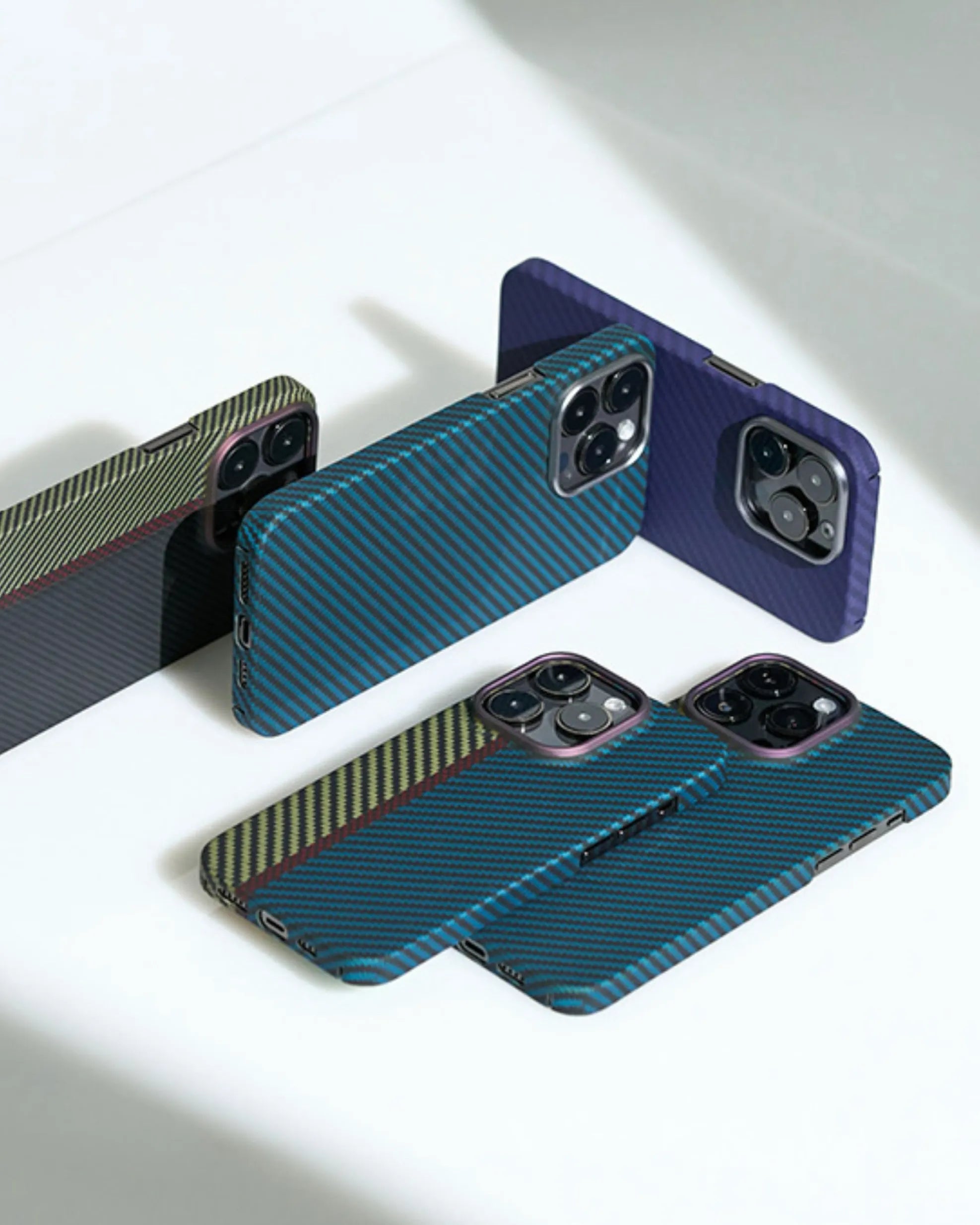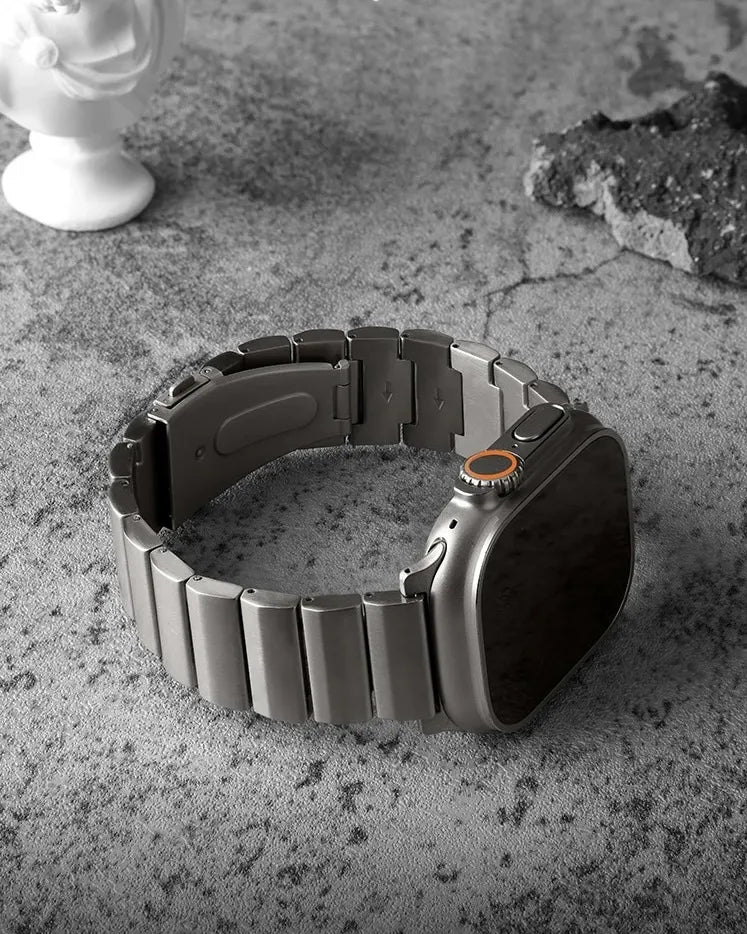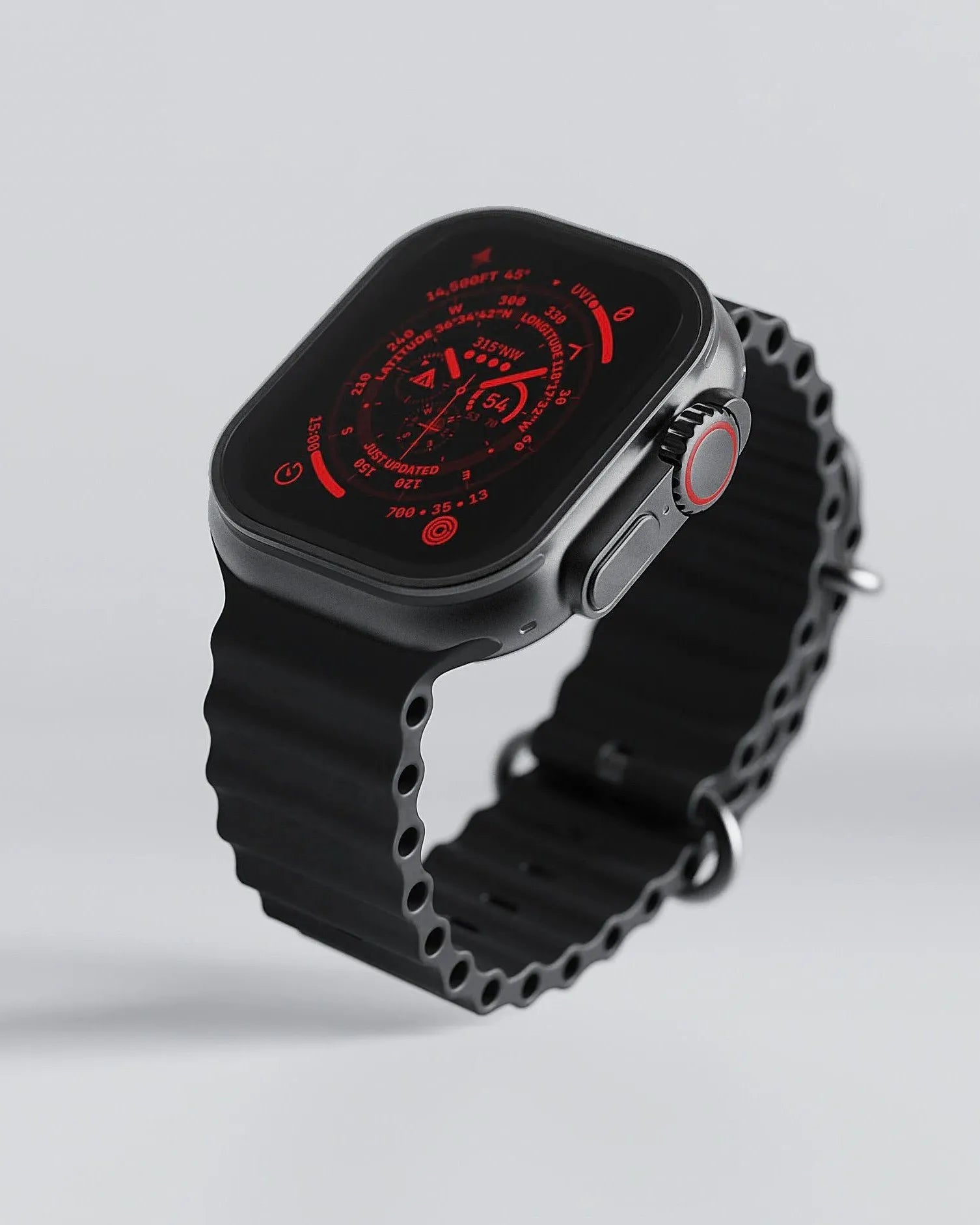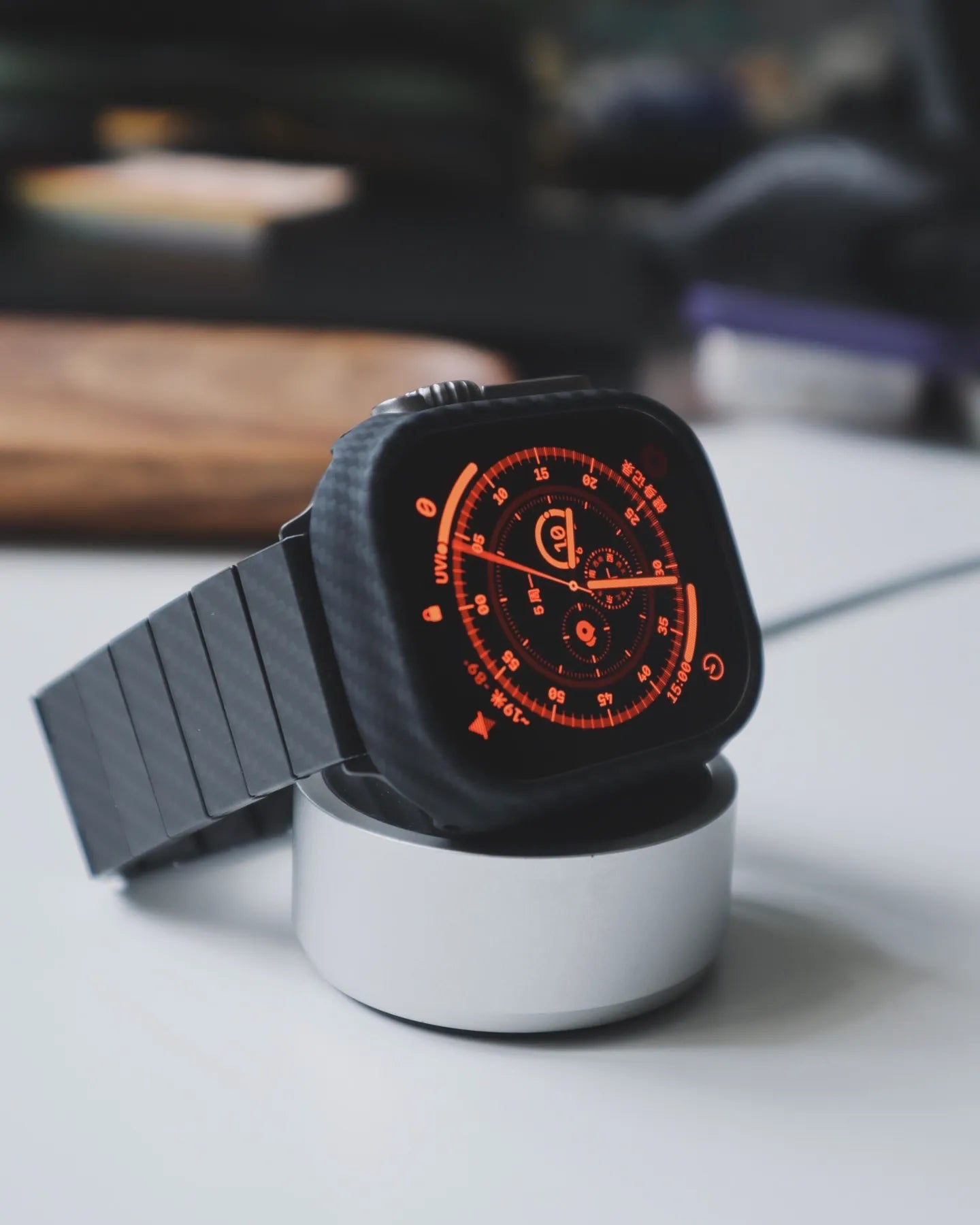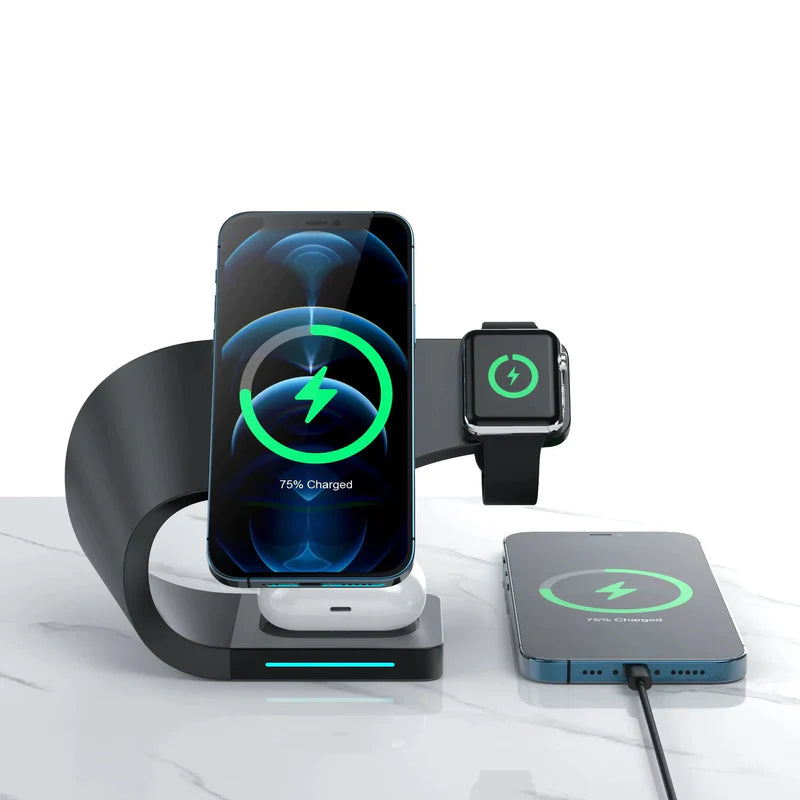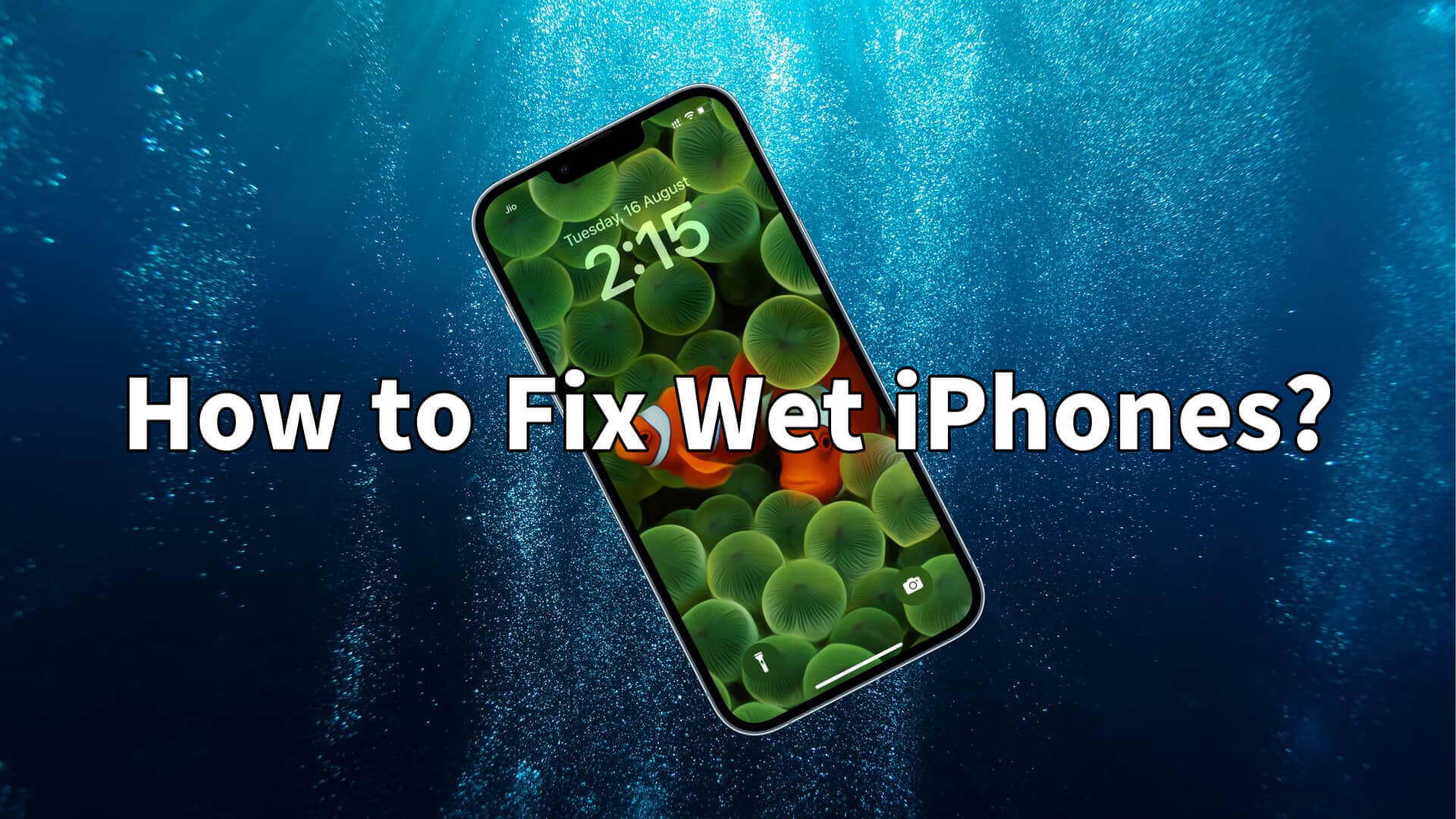The Google Pixel 8 wows with its AI-powered camera features and brighter display, and seven years of updates have made this flagship almost never obsolete. While some of the Pixel 8's performance still lags behind the competition, it's also a great camera phone.
So is this "AI phone" suitable for you? Here's a detailed analysis of all its pros and cons.
1. Google Pixel 8: Specifications
|
Prices |
$699 |
|
OS |
Android 14 |
|
Processing Unit |
Tensor G3 |
|
RAM |
8GB |
|
ROM |
128GB, 256GB |
|
Display Screen |
6.2 OLED, 120Hz |
|
Rear Camera |
Rear Camera 50 MP Primary Lens (f/1.68) with 8x Ultra High Resolution Zoom, 12 MP Ultra Wide Angle (f/2.2) |
|
Front Camera |
10.5MP (f//2.2) |
|
Video |
4K, 60 fps |
|
Batteries |
4,575 mAh |
|
Recharge |
30W |
|
Sizes |
5.9 x 2.8 x 0.4 inches |
|
Weights |
6.6 ounce |
2. Google Pixel 8: Price and Release Date
The Google Pixel 8 goes up for pre-order on October 4th and goes on sale on October 12th.
The Google Pixel with 128GB of storage starts at $699. That's $100 more than Google was charging last year. At least it's still $100 cheaper than the iPhone 15 and Samsung Galaxy S23. If you want 256GB of storage, you'll have to pay $60 more, for a total of $759.
![]()
3. Google Pixel 8: Design and Color
If you put the Pixel 8 up against the iPhone 15 and Galaxy S23, it's likely you'll prefer Google's design, such as its rounded corners and contoured design, which makes the phone comfortable to hold.
The Pixel 8 is smaller than the Pixel 7 due to Google shrinking the screen on its flagship phone from 6.3 inches to 6.2 inches. The Pixel 8 measures 5.9 x 2.8 x 0.4 inches and weighs 6.6 ounces, while the Pixel 7 measures 6.1 x 2.9 x 0.3 inches and weighs 6.9 ounces. The only downside to the design is that it has thicker sides due to the huge camera strip.
The Pixel 8 comes in Rose, Hazel, and Obsidian colors. The back glass is polished, unlike the matte finish of the Pixel 8 Pro. The matte finish is actually a better finish, but the Pixel 8's fingerprint resistance is generally good.
4. Google Pixel 8: Display
The so-called Actua display on the Pixel 8 is one of the phone's biggest upgrades to date.
In real-world use, the Pixel 8 reaches 1,349 nits when displaying HDR content and 1,224 nits with Adaptive Brightness turned on. The Pixel 7 reaches just 961 nits with Adaptive Brightness. That's a pretty big change.
By comparison, the iPhone 15 reaches a slightly higher 1,401 nits and the Galaxy S23 reaches 1,340 nits. The Pixel 8's OLED display produces more DCI-P3 color space than the iPhone 15, but lags behind the Galaxy S23. the Pixel 8's Color Accuracy score is very good, if not the best in its class.
5. Google Pixel 8: Camera
The back of the Google Pixel 8 still comes with dual lenses, but it adds a new trick in the form of a new macro close-up mode via the ultra-wide-angle camera. The Pixel 8, with a 50MP main wide-angle camera, provides more advanced image processing to bring out more vibrant colors and details in images.
In the selfie comparison between the Pixel 8 and the iPhone 15, they both rendered tons of detail and had the same convincing bokeh effect. However, don't expect the Pixel 8 to have maximum zoom. It's limited to 2x "optical quality," which means 50MP photos after cropping. You get 8x digital zoom, while the iPhone 15 has a maximum digital zoom of 10x and the Galaxy S23 has a 30x digital zoom.
What's really unique about the Pixel 8 camera are the actions that can be performed after the shot is taken. For example, Best Take can analyze group photos and use generative AI to produce the best-looking photo. Magic Editor lets you manipulate the theme in new ways, so you can have your Pixel 8 turns a picture of a clear blue sky into a picture of near dusk, and even inserts a sunset into the picture. It's all thanks to the AI on the Pixel 8.
6. Google Pixel 8: Performance and Artificial Intelligence Features
The Google Pixel 8 features the new Tensor G3 chip, which promises to deliver better CPU performance and graphics, but the real boost comes from the Pixel 8's AI capabilities. In fact, Google says that the G3 runs twice as many machine learning models on the device as the original Tensor chip in the Pixel 6.
A great example of the G3 Brain is the improved Call Screen screen feature. Google Assistant not only answers calls for you, but does so in a more natural voice. Even the keyboard gets an AI enhancement with the new proofreading button. You simply press the button after typing and you'll see your acceptable suggestions highlighted.
In terms of overall performance, the Pixel 8's Tensor G3 chip is faster than the Pixel 7's G2, but it still lags behind rival flagship phones. The Pixel 8 did beat the Galaxy S23 in the single-core portion of the Geekbench CPU test, but it lagged behind the Samsung and the iPhone 15 in multi-core performance.
7. Google Pixel 8: Battery Life and Charging
The good news is that the Google Pixel 8's battery life is much improved over the Pixel 7. The bad news is that it still lags behind the top flagships. The Pixel 8 can last up to 9 hours and 50 minutes of continuous internet use at 150 nits of screen brightness with the screen in 60Hz mode.
In comparison, the Pixel 7 lasted just 7 hours and 30 minutes with Adaptive Smoothing turned off, and 7 hours and 17 minutes with Adaptive Smoothing turned on. This is a huge boost to the Pixel 8's battery life and is very close to the smartphone average.
The Pixel 8 supports 30W charging, and the phone reached 60 percent in 30 minutes, beating out the iPhone 15 (53 percent) and Galaxy S23 (55 percent).
8. Google Pixel 8: Android 14 and Software
Pixel 8 is almost future-proof. That's because Google is promising up to seven years of OS and security updates as well as feature updates released every few months.
That's a big step up from the Pixel 7's three years of OS updates and five years of security updates. Samsung currently offers four years of full Android updates, while the iPhone typically offers five.
The Pixel 8 runs Android 14, which introduces a number of improvements. For example, there's a custom lock screen selector as well as the generation of AI wallpapers that can be used to customize your experience. The new Health Connect tool keeps all of your fitness and health data securely in one place, and there's a new magnifying glass feature that makes reading content easier for the visually impaired.
![]()
9. Google Pixel 8 vs Google Pixel 8 Pro
If you're torn between the Google Pixel 8 and the Pixel 8 Pro, here's a quick summary to help you.
The Pixel 8 Pro features a larger 6.7-inch display with a more dynamic 1-120Hz refresh rate and a frosted glass design on the back for easier grip. It also offers more RAM than the regular Pixel 8 (12GB vs 8GB).
The Pixel 8 Pro also offers Pro Camera Controls in the Camera app, which lets you adjust ISO, white balance, and more; you also get a 5x telephoto zoom lens, while the Pixel 8 sticks to a digital zoom. Finally, only the Pixel 8 Pro supports Video Enhancement, an upcoming feature that optimizes videos you upload to the cloud.
10. Summarize
The Google Pixel 8 shows that anything is possible when you have really smart hardware and software working together and trying to harness the power of AI. Overall, the Pixel 8 is an excellent Android phone with a brighter display, a macro mode for the camera, and very beautiful HDR video.
Know more about OTOFLY Pixel 8 Pro case.

